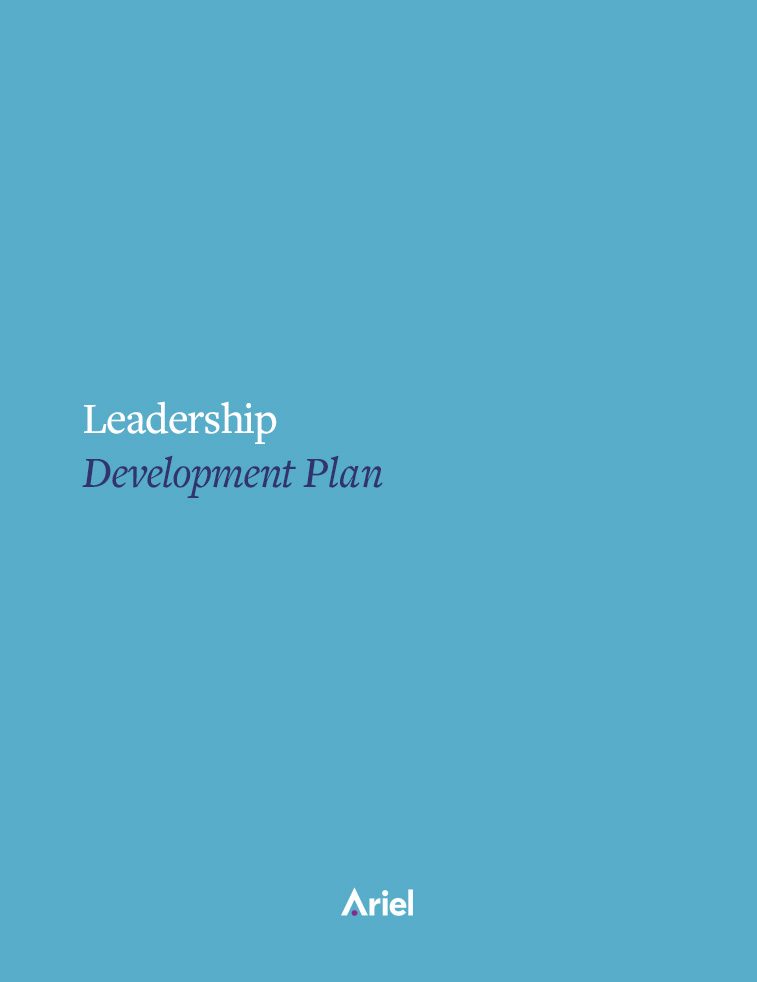Trust, Vulnerability, and the Impact of Leadership

Leadership isn’t just about achieving results—it’s about the profound impact we have on others.
Daniel Posternak, author, executive coach, and former senior consultant at Axialent, believes that being an authentic leader requires vulnerability, self-awareness, and an understanding of how our actions impact those around us. He has built a career helping leaders develop the skills to positively impact others. As he says, “My mission here is to help people become more aware, to have a better organization, a better society.”
In this article, we’ll explore how authentic leadership that inspires trust starts with a simple question: “What is the impact of my actions?”
What is the Impact of a Leader’s Actions?
Leadership carries profound responsibility. As Posternak explains, “When you are a leader, you can help your team members to develop their careers, their lives. And you can ruin their life. Literally.”
Daniel Posternak challenges leaders to think, “What is the impact of my actions?” This question invites leaders to pause and consider the ripple effects of their decisions and behavior.
Posternak cites that between 70-80% of employees leave because of their negative relationship with their superior. He believes many managers are promoted due to their deep technical expertise, but when they become a leader, they realize they have underdeveloped people skills. Worse, most managers receive little guidance on managing people, creating a leadership gap that affects entire organizations.
Creating Impact through Trust, Communication, and Responsibility
Posternak believes each team and company is different and has different values, approaches, and cultures. A framework that works for one team may not work for another. His book, “Now It Is My Turn, How to Lead Teams”, is full of stories, exercises, and metaphors for leaders. He saw people suffering, being led by “people that lead, but that are not leaders,” and he wanted to share his experience to create awareness of a true, authentic leader’s impact.
He shares this pyramid principle for teams to create connection and trust to drive better business and interpersonal outcomes:
- Connection. As the very first step, teams need to know each other. If you don’t know your team, you have no connection, nothing to work on.
- Trust. After an initial connection comes opportunities to build trust. Building trust enables teams to talk about tough issues and separate people from problems.
- Communication. Open communication and curiosity help you understand the needs of each individual.
- Coordination. From communication, move to coordination and finding purpose. This step helps define responsibilities and each role’s larger strategic purpose.
- Action. Finally, teams take action based on this solid foundation and understanding each person’s place in the team and the greater organization.
The hardest part is building trust, because to build trust, you must also admit to vulnerabilities and mistakes.
How To Build Trust Through Vulnerability
Part of being a leader is showing vulnerability. Daniel Posternak shows his own vulnerability and owns up to mistakes in his executive coaching sessions, which helps clients feel more at ease showing their vulnerability.
This approach creates profound connections, as illustrated by his work with “John,” a technically brilliant regional director accused of mistreating staff. Their first session was “a disaster”—John appeared “skeptical, erratic, and defensive.” Reflecting afterward, Posternak realized he’d forgotten to do something in their first conversation.
At their next meeting, Posternak admitted his mistake: “I didn’t ask you how you felt about this situation?” He asked, “How are you?” This moment of vulnerability transformed their relationship. John’s response was immediate. He told Posternak that he was the first person who showed interest in me. Who asked how he was. Who showed respect instead of judgment.
This foundation of trust led to remarkable results. “At the end of the process, John became completely aware of the impact of his actions,” Posternak recalls. By the end of their relationship, feedback from managers and peers was increasingly positive. He transformed from a demanding perfectionist into a softer and more empathetic leader. And, the impact extended beyond work. John told Posternak that the person most happy with John’s change in behavior was his wife.
About Daniel Posternak
 Daniel Posternak is an author, executive coach, partner at WPConsultants, and former senior consultant. His holistic executive coaching approach rejects rigid dogmas in favor of practical, personalized coaching that helps leaders understand their impact on others.
Daniel Posternak is an author, executive coach, partner at WPConsultants, and former senior consultant. His holistic executive coaching approach rejects rigid dogmas in favor of practical, personalized coaching that helps leaders understand their impact on others.
Posternak’s coaching philosophy centers on building trust through vulnerability, emphasizing that meaningful transformation occurs when leaders are willing to show their authentic selves. His work addresses the critical gap between technical expertise and people skills that many managers face when promoted to leadership positions.
Through his coaching work, Posternak has coached people in many different countries, with different beliefs and cultures. His clients include companies like American Express, AXA, Citibank, Microsoft, Unilever, and Bacardi.
